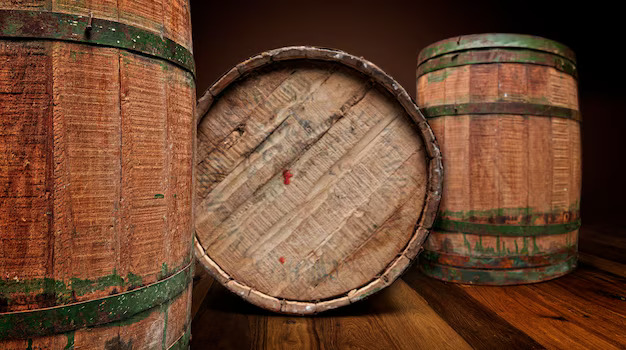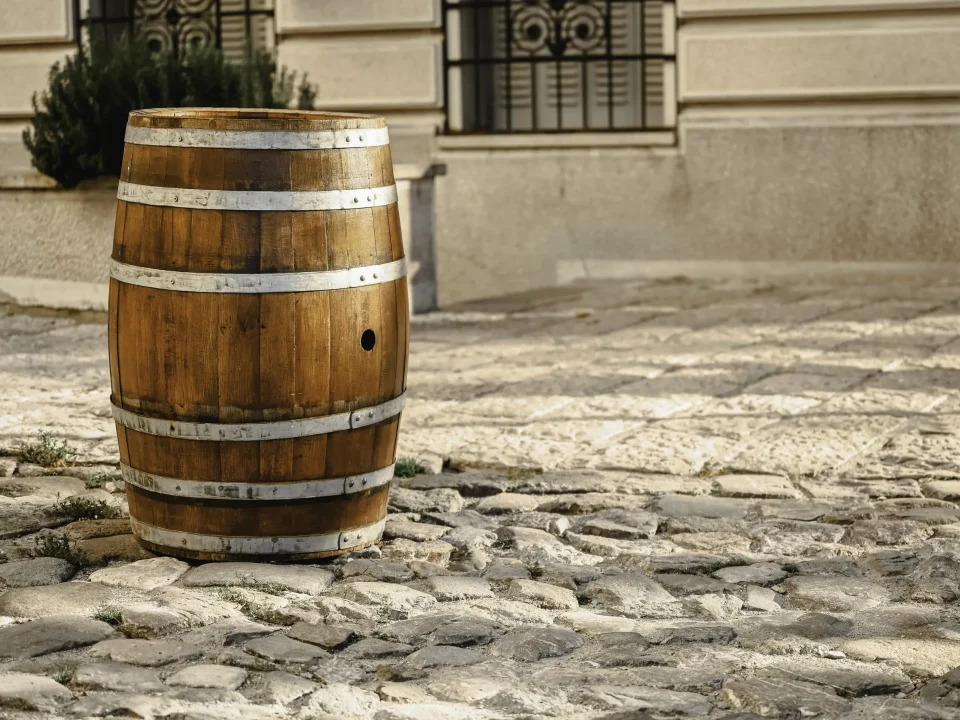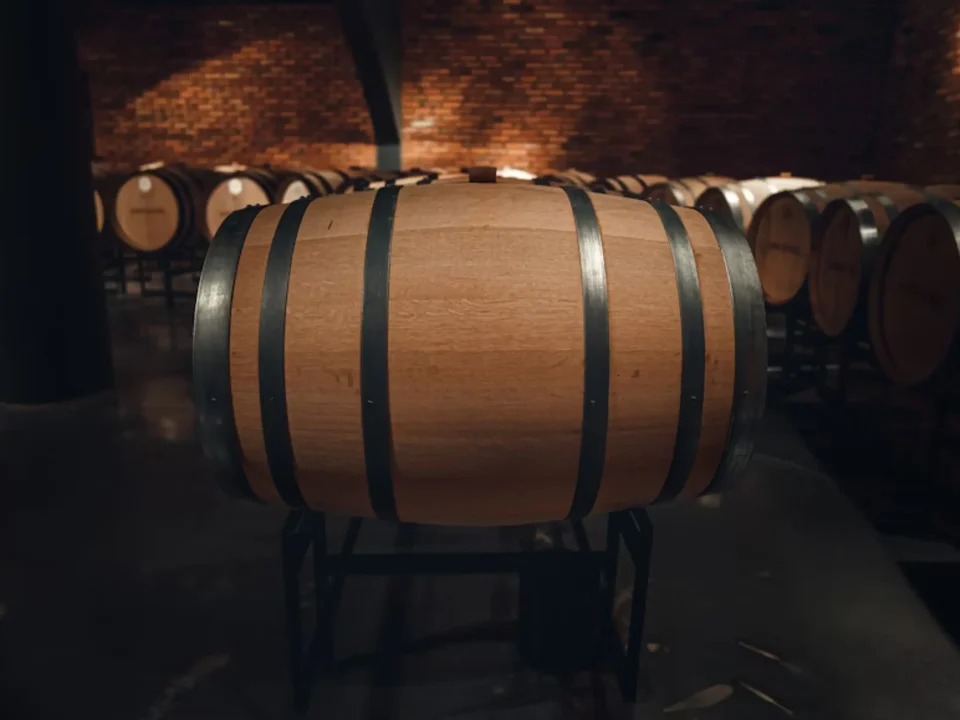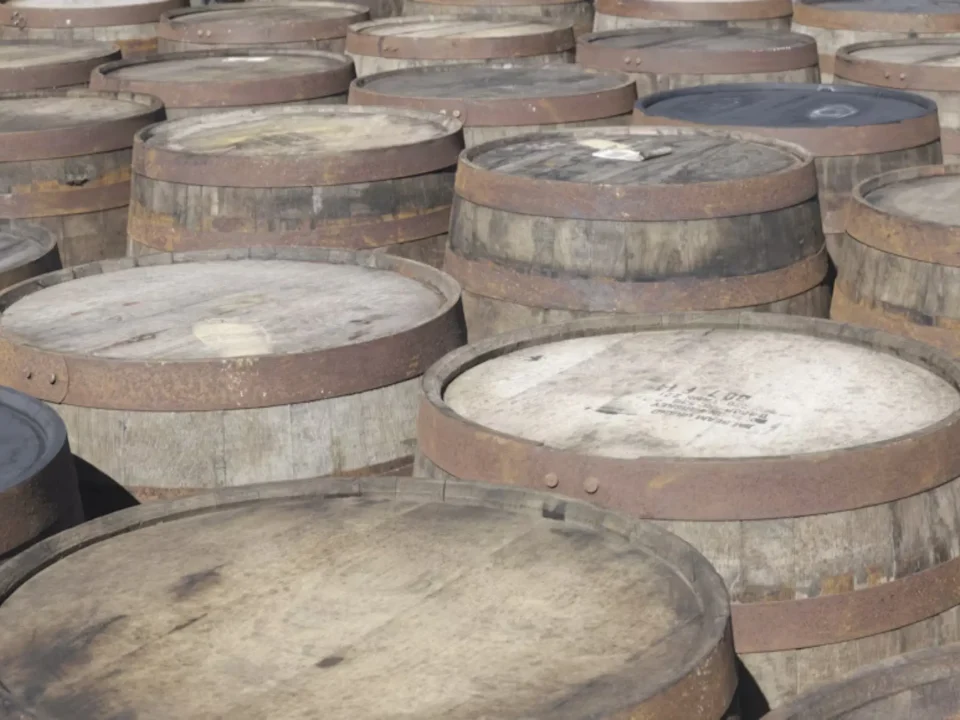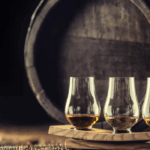
How to Make Your Whiskey Barrel Last Longer
June 5, 2025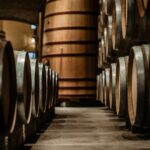
Why Whiskey Barrels Are Used Only Once in Bourbon Production
June 16, 2025Have you ever thought about why whiskey tastes different in various regions? The climate is the solution. Weather, humidity, and temperature all play a role in how whiskey ages and tastes. Learn more about the factors that influence distillers’ decisions when selecting a barrel type, such as oak or bourbon, as well as how the surrounding environment impacts the aging process, in this in-depth article.
Why Whiskey Barrels React to Climate
Wooden whiskey barrels change in appearance and feel as a result of the changing seasons due to their porous nature. Because the wood allows air to enter, the whiskey inside may be pumped in and out. The way whiskey wood interacts is affected by the weather. Wood swells in hot weather and contracts in cold weather. Whiskey absorbs the aroma, color, and taste of the barrel via this reversal process.
Temperature: The Main Driver of Whiskey Aging
Temperature swings have a significant impact on the maturation of whiskey. During the warmer months, whiskey stored in oak barrels for sale will rise and soak. This brings out the spice, caramel, and vanilla flavors. Once whisky is chilled, its taste is restored. Every year, this cycle continues, resulting in whiskey that is both richer and better.
Bourbon ages more rapidly and develops more robust tastes in Kentucky, according to the state’s erratic climate. When whisky is processed more slowly in cooler countries like Scotland, it becomes lighter and smoother. Because of this, American bourbon may be enjoyed in a few of years, whereas Scotch requires a little more time.
Humidity: Controlling the Angel’s Share
Reading humidity helps one to understand the water vapor content in the air. It also influences the aging of whiskey in retail oak barrels. The more evaporation of water from the barrel brought on by dry air causes whisky to increase in strength and concentration. In humid environments, whiskey evaporates more rapidly, which softens and lightens up. The remnant of whiskey that has evaporated, the “angel’s share,” calls to the distillers.
Distillation should have 60% to 70% relative humidity. This balance prevents whiskey from drying out or losing taste, allowing it to age gracefully.
Airflow: Helping Whiskey Breathe
Correct warehouse air circulation helps to ensure consistent aging. Venting controls both temperature and humidity around whiskey casks. If the air is too quiet, barrels may age faster or more slowly, which would produce various flavors. Distillers rotate each barrel to ensure sufficient air and heat inside it.
Why Should One Choose Oak Barrels Above Others?
Bourbon and oak barrels make perfect woods for aging whiskey. The power and porous character of wood could help whiskey. Apart from imparting vanilla and spice, it dilutes alcohol. While bourbon employs oak from the United States, Scotch sources wood from Europe.
How Climate Makes Each Whiskey Unique
There are no two flavors exactly, as every whiskey is shaped by its surroundings. Variations in the temperature affect the aging of whiskey.
- Warm, humid conditions hasten the distillation process, producing whiskey with a strong, taste-free sensation. Whisky gains strength from the water; it loses evaporatively.
- Whisky develops gently and has a gentle taste best in cold, wet surroundings. Whiskey may age for longer without acquiring an overwhelming taste because of less moisture.
- Whiskey gets strength when the weather is dry and more water evaporates.
This is the reason bourbon matured in Kentucky or Tennessee could taste different from those aged in barrels from Scotland or Ireland.
Seasonal Changes: The Rhythm of Whiskey Aging
Whisky’s calendar has seasonal changes. Because barrels expand in summer heat, whisky may acquire the taste of the woods. The whiskey’s taste is released when the cold compresses the barrels in winter. As whiskey matures, this process gives it color and taste.
Considerations for Purchasing Whiskey Barrels
Remember to save storage space while buying oak or wooden barrels for sale. Whiskey ages faster in a setting with significant temperature fluctuations. Whiskey ages at a slower pace and is smoothed out under steady, cold temperatures. Keeping barrels in a moist, well-ventilated area will guarantee the best performance.
Bourbon Barrels for Sale: A Special Choice
New American oak bourbon barrels have a heated interior. The charcoal gives bourbona sweet, smoky flavor. Typically, customers of bourbon barrels are beer, wine, and other aged alcoholic drinks. The circumstances of these barrels affect the maturation of fresh spirits in different ways.
Rocky Mountain Barrel Company: Your Barrel Experts
Rocky Mountain Barrel Company offers whiskey, oak, bourbon, and wooden barrels, should you be curious about whiskey aging. Whether your level of expertise is professional distillation, brewing, or home hobbyist, their informed staff can help you choose the perfect barrel.
Conclusion
Whiskey ages according to temperature. Humidity, air movement, storage temperature, and other variables affect whisky’s color, smoothness, and taste. Knowing this, you will be able to decide which of the oak or wooden barrels for sale best fits your goods. See the professionals at Rocky Mountain Barrel Company to assist you in selecting whiskey.

